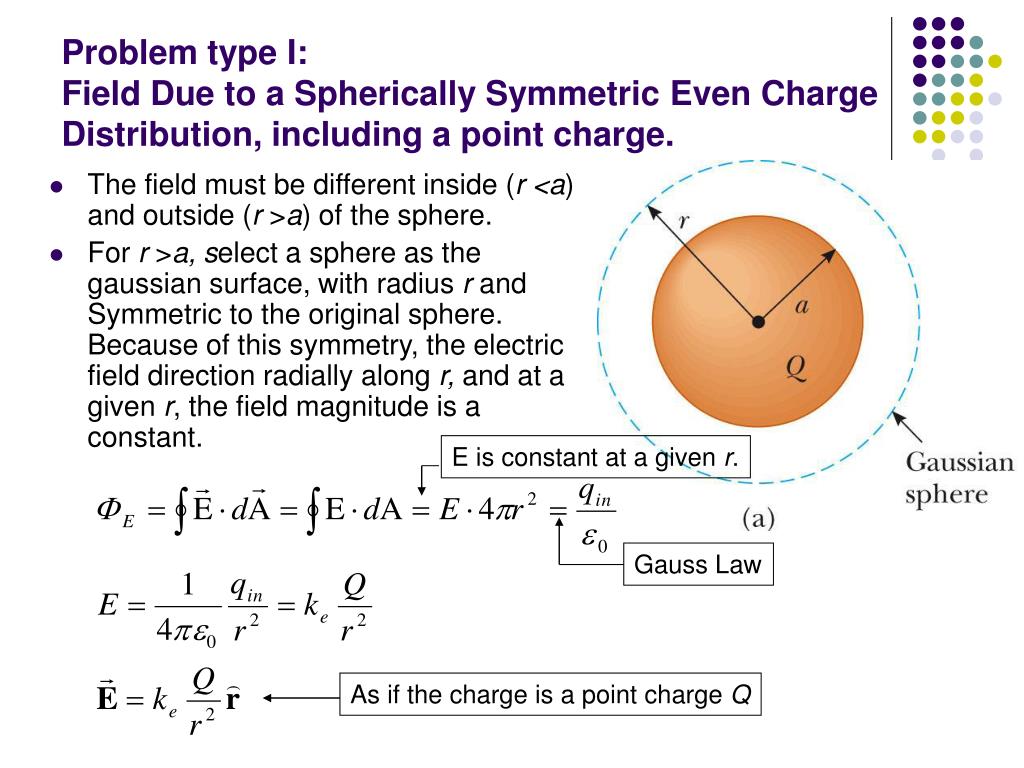

To apply Gauss law one has to obtain the flux through a. Thus Ohms law can be explained in terms of drift velocity. where theta is the angle between the electric field and the normal of the surface (see Figure 24.1). The electric field is the most fundamental concept in understanding electricity. The flux across each face of the cube is now q 6 o, according to Gauss law. The susceptibility is proved to be related to its. E.ds q o For example, a point charge ‘q’ is put within a cube with the edge ‘a’. X It is considered as the electric susceptibility. Since the charge Q is enclosed by the closed surface, so the charge Q will be named as.
DERIVE ELECTRIC FLUX FORMULA FREE
It is considered as the electric permittivity of free space. total electric flux passing through any closed imaginary surface, enclosing the charge Q C, is equal to C Q in the SI units. Where, P It is considered as the polarisation density.

Here, angle between the electric field E and the area vector A. Drift velocity is proportional to current.In a resistive material, it is also proportional to the magnitude of an external electric field. The formula of electric susceptibility is derived as follow: P XE.

In other words, the electric flux E is defined as the scalar product of A and E. \) can be interpreted as an equivalent surface charge density that would give rise to the observed electric field, and in some cases, this equivalent charge density turns out to be the actual charge density. In Gauss’ law, this product is especially important and is called the electric flux, E and we can write E E. Gauss’ Law in differential form (Equation 5.7.2) says that the electric flux per unit volume originating from a point in space is equal to the volume charge density at that point.


 0 kommentar(er)
0 kommentar(er)
